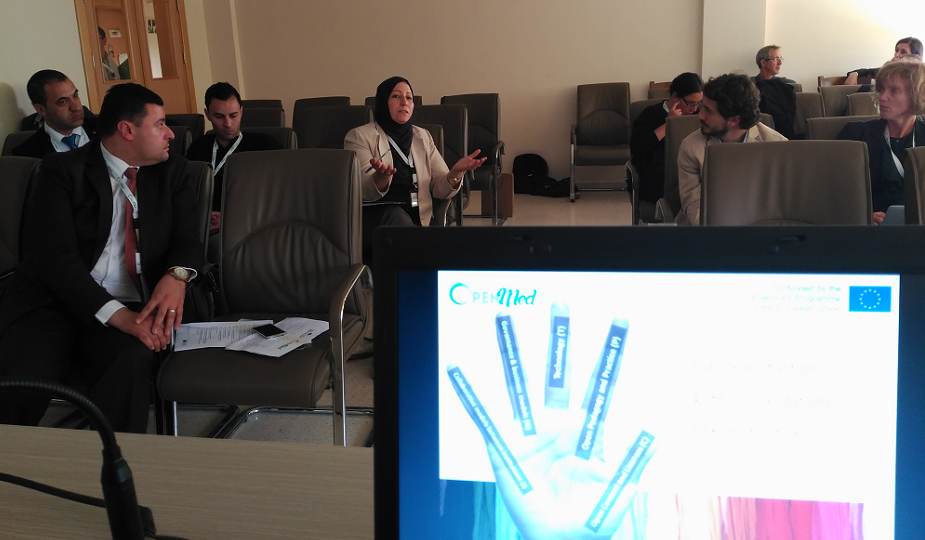Polysemy, Open Education and the glass ceiling

Open Education is a chameleon. While being the same on the core, it means different based on the context. We always talk about the re-poker of Open Education: resources, publications, data, researchresults and policies.
In the project OpenMed, we have developed a regional agenda in Open Educational Resources (OER), which is a basic kit for openness, so that anyone can retrieve a general declaration on the topic, either in French, Arabic and English, and adapt it to their needs.
Strategy and action plan
This declaration is focused on a number of key issues, such as technology or governance, which altogether make a vision. Of course, that mission requires a strategy and an action plan with specific activities, metrics, risk assessment, quality check and so on, like any other project.
We could break the glass ceiling between the “good-willing but fool” and the “too realistic to take Open seriously”
If Openness is discussed just inside the Openness sect of Education we reach the opposite (Close-ness) and we miss the basic target. We cannot preach the choir of already convinced members. We need to outreach the external potential members, should they want to join freely, but actively.

Moreover, Open means also free transit of academics, students, trade, resources, industry, patents and a number of practical and logistic issues that we usually forget when we pull a nice declaration together, as Marwan Tarazi, Center for Continuing Education – Birzeit, Palestine, presented.
Open is not just a theoretical approach or word-based powerful speech, but a practical and active project that requires specific actions in motion, as a polysemy. Part of these actions comes along with logistics, politics, management, finance and many other aspects of the same Rubik’s Cube so that the project is successfully implemented.
A middle way for a successful implementation
In doing so, we also must be cautious with what we promise. Usually, these declarations are very good-willing but lack of a twist of realism. If we commit to open up 50% of the resources at university X, by 2020 (the last magical number in every official document, anywhere) we must be sure to reach that threshold by then.
That figure should mean an engagement that drives the specific steps to get there. We cannot spread around self-given and unrealistic figures, placed far away on purpose so that events can modify the route or the promise along the way, and nobody gets accountable for that.
This community of Openness is usually accused of idealistic and little practical and of producing a lot of words but producing little useful. If we incorporate criteria and actions beyond the words, like the ones afore-listed, and we draw a realistic and verifiable plan, like the ones afore-proposed, we could break the glass ceiling between the “good-willing but fool” and the “too realistic to take Open seriously”. That middle point to meet would make both sides part of the same project, since there is a balance to find, possible, and at hand reach, to enrich all for the best of education.
Daniel Burgos
Jerusalem, Israel. April, 19th-21st, 2017
